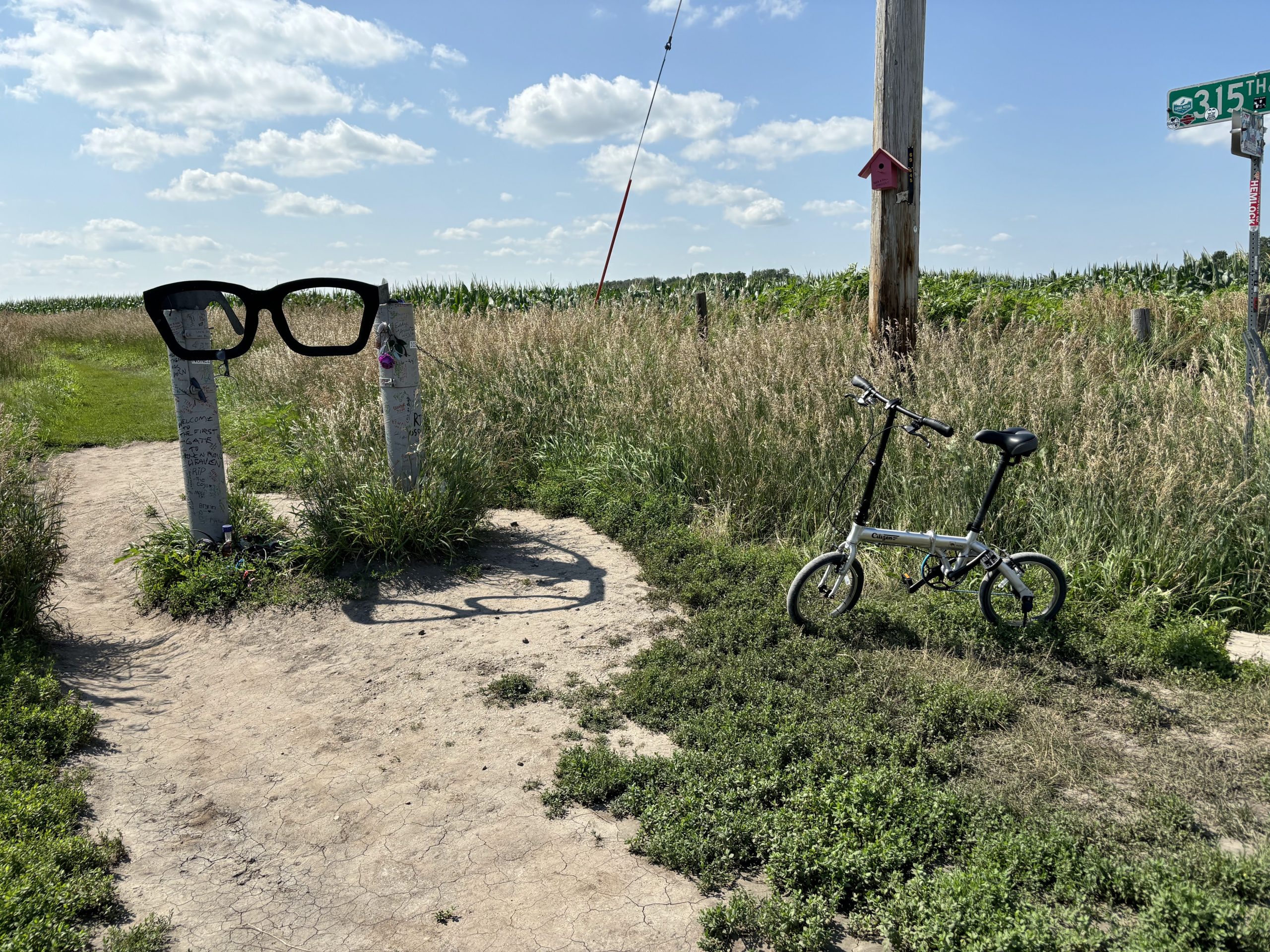My longest-ever VFR flight and a grueling bike ride through The Day the Music Died.
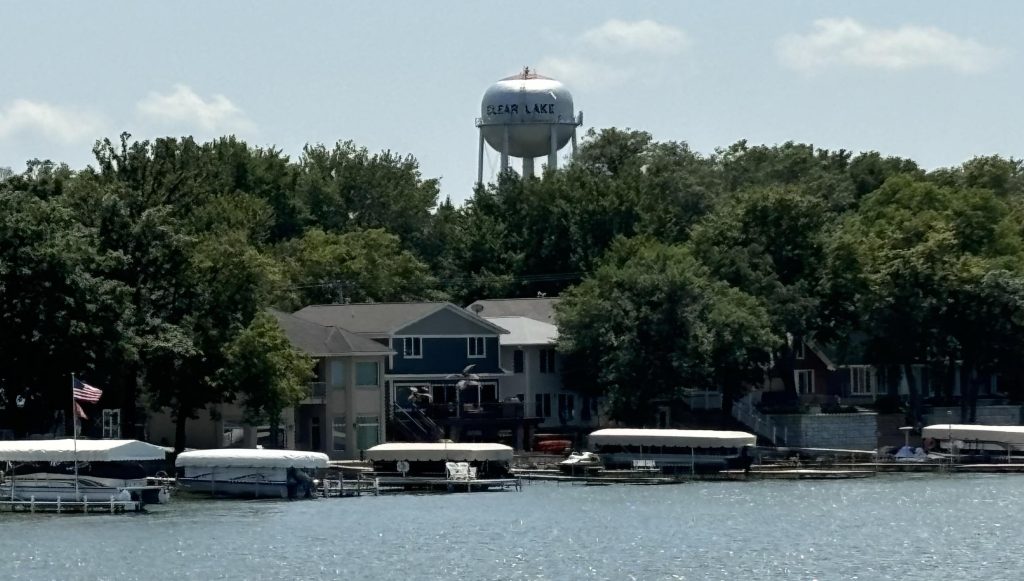
A person who applies for a commercial pilot certificate with an airplane category or powered-lift category rating and does not hold an instrument rating in the same category and class will be issued a commercial pilot certificate that contains the limitation, “The carriage of passengers for hire in (airplanes) (powered-lifts) on cross-country flights in excess of 50 nautical miles or at night is prohibited.”
14 CFR § 61.133(b)(1) a.k.a. “the Buddy Holly rule.”
I was not alive on February 3rd, 1959. My parents were children at the time. My dad, at eight, may have been old enough to remember the day the music died at some level, but I never asked him about that. Whether he remembered the day or he simply related to it through the song, I don’t know and I will never know. He passed away a few years ago.
What I do know is that he was keenly aware of it later in his life. When I received my private pilot certificate, one of the first things he suggested was that someday we might fly to Mason City to see the Surf Ballroom and the site of the accident that profoundly influenced the popular culture of his generation.
We never did more than talk about the trip. I lived in Duluth at the time. Who wants to fly from Duluth to Mason City in a roached out rental Cessna 172?! It would cost a fortune and you’d get there almost as quickly if you hitchhiked.
The trip became more feasible when I moved to the Madison area, but there were still a few things that had to come together. I had to be free and have access to an airplane for a full day. The wind had to be blowing from a certain direction (more on this later.) The weather had to be warm but not too warm. The chance for lines of storms to pop up later in the day had to be minimal. And, most importantly, I had to be thinking about it. This wasn’t something that was constantly on my mind; it merely popped up every so often.
Things finally came together today.
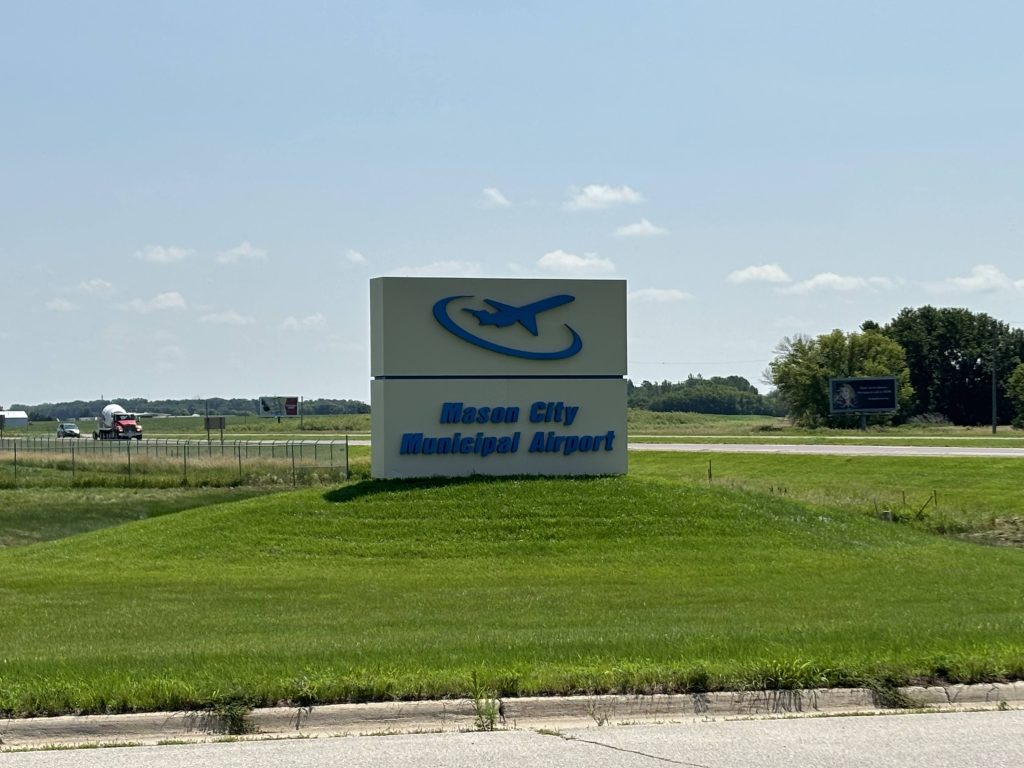
The bike ride from Mason City Municipal Airport to downtown Clear Lake isn’t friendly. The initial stretch is along a relatively busy four lane divided highway with no sidewalk and steep ditches, so it starts as more of a walk than a ride. Once you’re able to cross the highway and exit to the south at Indigo Avenue it gets much easier. It’s the standard rural riding exercise of dodging a car once every two or three minutes and covering as much distance as you can in the gaps. This lasts for a couple miles until you reach the Clear Lake city limits and gain bike lanes and sidewalks.
My first stop was at Starboard Market for lunch. The sandwich was good, but I wouldn’t say it was “wait in line half an hour and spend $20” good. It was a Friday and Clear Lake was crawling with people. If I were a “rating” sort of person, they probably would’ve (unfairly?) lost half a star here simply because they were not fast enough to keep up with demand on a busy day. I had things to do and places to go. I didn’t want to waste time standing in a line.
I ate my sandwich on a bench near the amphitheater in City Park. It’s a pretty little park that, again, was crawling with people. It took a while to get a photo that didn’t run the risk of violating someone’s privacy.
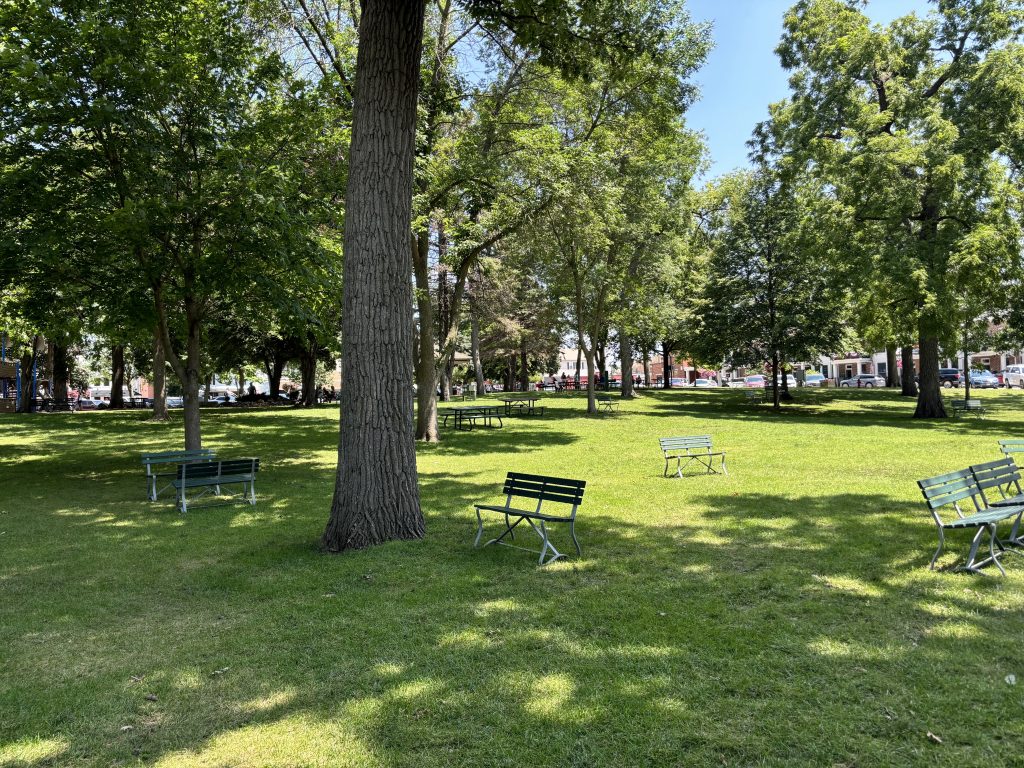
After lunch I was able to get to the waterfront just in time to catch the 1:30 departure of the Lady of the Lake. I’d never ridden on a true paddle boat before. Modern “paddle boats” usually have an ornamental paddle that drags through the water but doesn’t really propel the boat. There’s a propeller under the surface doing the real work. Not so the Lady of the Lake. The paddle is what makes her go.
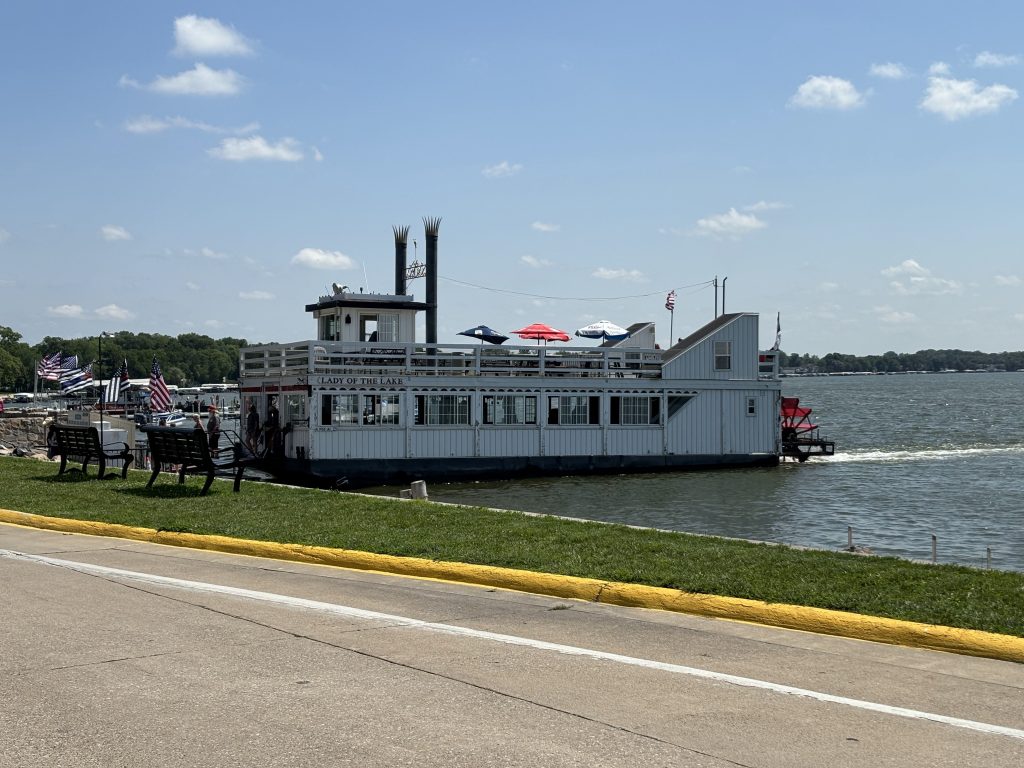
The boat ride wrapped up with a leg past the Surf Ballroom area. The narrator/captain mentioned, of course, the history of the Surf Ballroom and the Winter Dance Party of 1959. It was a suitable way to begin my ride through music history.
I biked from the lakefront to the Surf Ballroom. There is heavy construction in the area. It’s difficult to get a photo here without also being the subject of someone else’s photo. It seems that every car that drives by has a camera sticking out the window. Go figure.
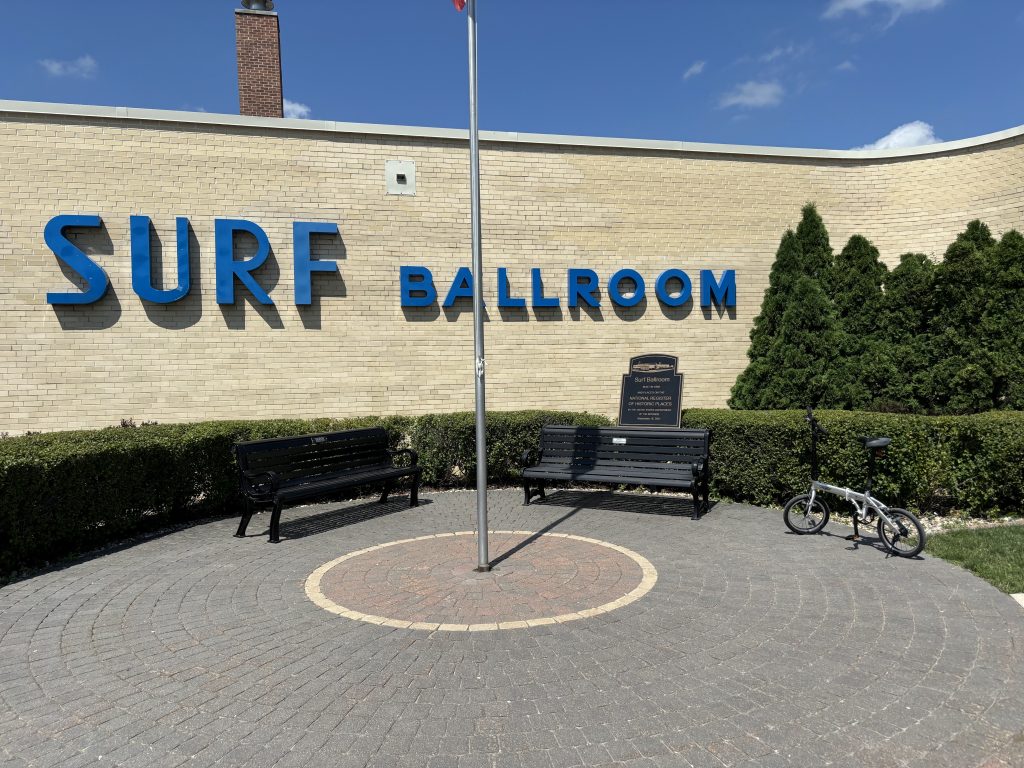
After a quick read of the historical markers placed around the property, I headed toward the accident site. Biking to it was a bad choice. The route wasn’t exceptionally busy, but it’s a rural highway, the shoulders are unpaved, and cars pass every minute or two. I don’t trust cars; I get off of my bike and stand in the ditch as they pass, so it took most of an hour to cover the seven mile distance. The final half mile is unpaved. Dirt, gravel, crushed rock. My little folding bike is not designed for this.
There isn’t much at the site but you know when you’ve arrived.
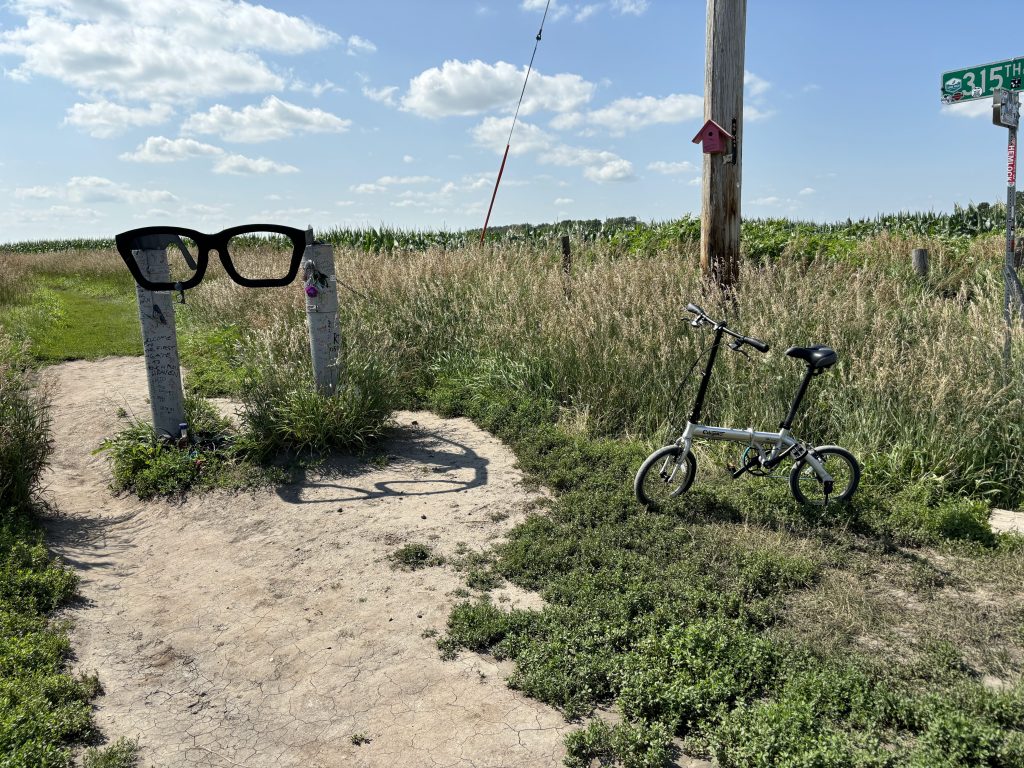
The memorial and the goings-on around it are a bit surreal and, actually, heartwarming. You find yourself at a section line between two cornfields, similar to a thousand section lines between a thousand cornfields that stretch out in every direction around you. There is a small parking lot with a donation box. There are no fees.
Roughly once every five minutes a vehicle pulls up and a handful of people pop out and wander off into the corn. Ten or fifteen minutes later they reemerge and depart. Somehow it naturally paces itself. It was the same sequence, the same timing, over and over again for the whole time I was there.
I didn’t take any photos at the accident site. Four people died there, it didn’t feel right to photograph it. There are hundreds of photos of the memorial already available. It looks a lot like it does in all of those photos. Only the particular collection of trinkets and tributes left behind by recent visitors changes over time.
I saw a couple groups of people who couldn’t have been older than their mid twenties. I passed a slightly older lady who had her phone out, playing Everyday, as she walked toward the accident site. It was all really… touching.
Because my bike ride to the memorial site had been so unpleasant, I chose to take a different route back to the airport. Oops! It was essentially dirt, gravel, and crushed rock for six miles. One mile straight ahead, turn to the left, one mile straight ahead, turn to the right, repeat. When I finally got back to town, I’d never been happier to see curbs.
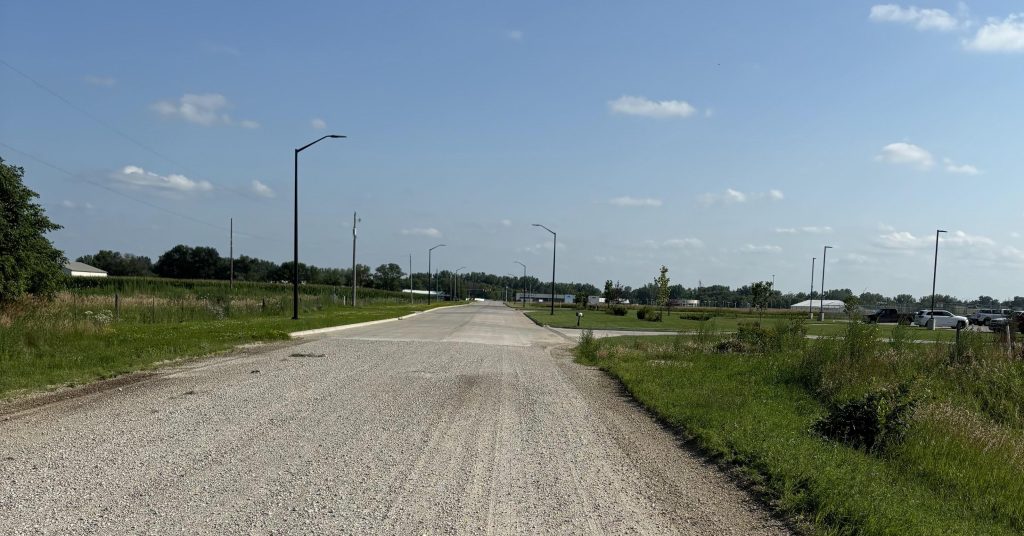
Arriving back at Mason City Municipal Airport, the wind was still blowing at a good clip out of the south, which was exactly what I wanted. It was part of my criteria for choosing this day for the trip. It allowed me to take off from runway 18, which is the same runway (then numbered 17) that Roger, Buddy, Ritchie and J.P. departed sixty five years earlier. It’s a long taxi but under the circumstances I didn’t mind.
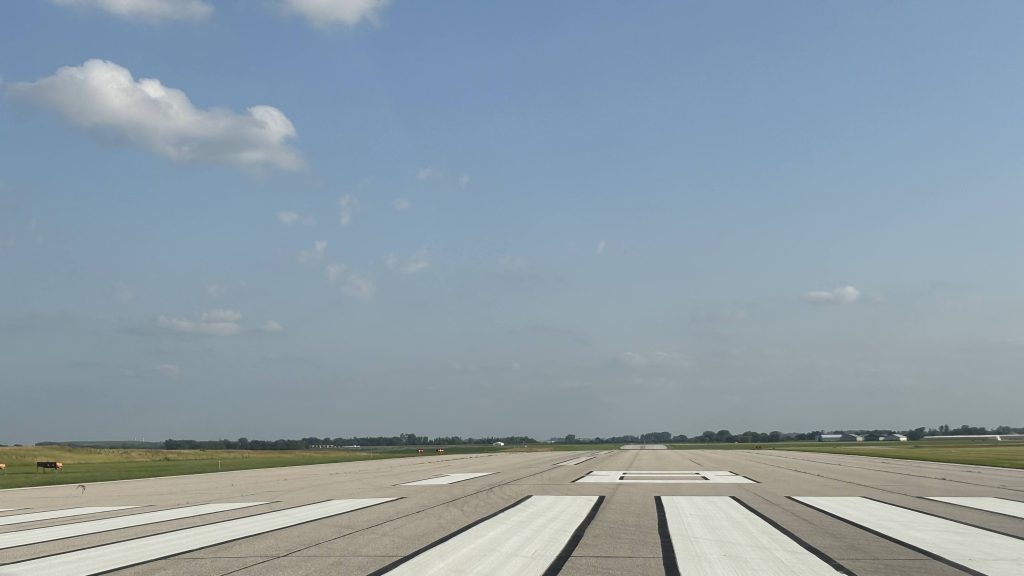
Of all the people who make this pilgrimage, tour these sites every year, how many have the freedom to follow the history all the way to this spot? Some. Not many. Moments like this make all of the training and practice and all of the expense of flying airplanes absolutely worthwhile. I’m a lucky guy.
What did I learn about flying?
I learned yet again that normalization of deviance can be an incredibly strong force.
Because this flight was greater than about 30 miles in distance, I’d planned and filed it as an IFR flight. This is not required, but it’s what I almost always do. When I arrived at the airport, I found that the navigation database in the airplane had expired one day earlier. I can’t legally fly IFR with an expired database and I can’t update the database because my laptop doesn’t have a USB-A port or an SD reader. This is a problem.
Part of me really wanted to conduct the flight under IFR anyway. What difference does it make? Nothing in the database has substantively changed. I will be in crystal clear visual conditions for the entire flight. I’m flying in a straight line from Madison to Mason City, these places haven’t moved. Nobody will ever know that I cheated except me. People do this every day.
Well, the problem is that what I’ve experienced in the past informs my actions in the future. Cheating this time would make cheating next time a tiny bit easier. The line would be pushed back further and further over time and eventually I might cheat on something that puts me–or, much worse, a passenger–in real danger.
Ultimately I canceled that IFR flight plan, added 500 feet to my altitude, and easily completed the flight VFR. In the process I unintentionally set a new personal record for longest VFR flight. There’s a good chance I’ll never break that record.
Considering the nature of the accident that took the lives of Buddy Holly, Roger Peterson, J.P. Richardson, and Ritchie Valens, there was a certain “appropriateness” to conducting this flight under VFR anyway.
What did I learn about life?
The music lives on. We made the trip, dad.
